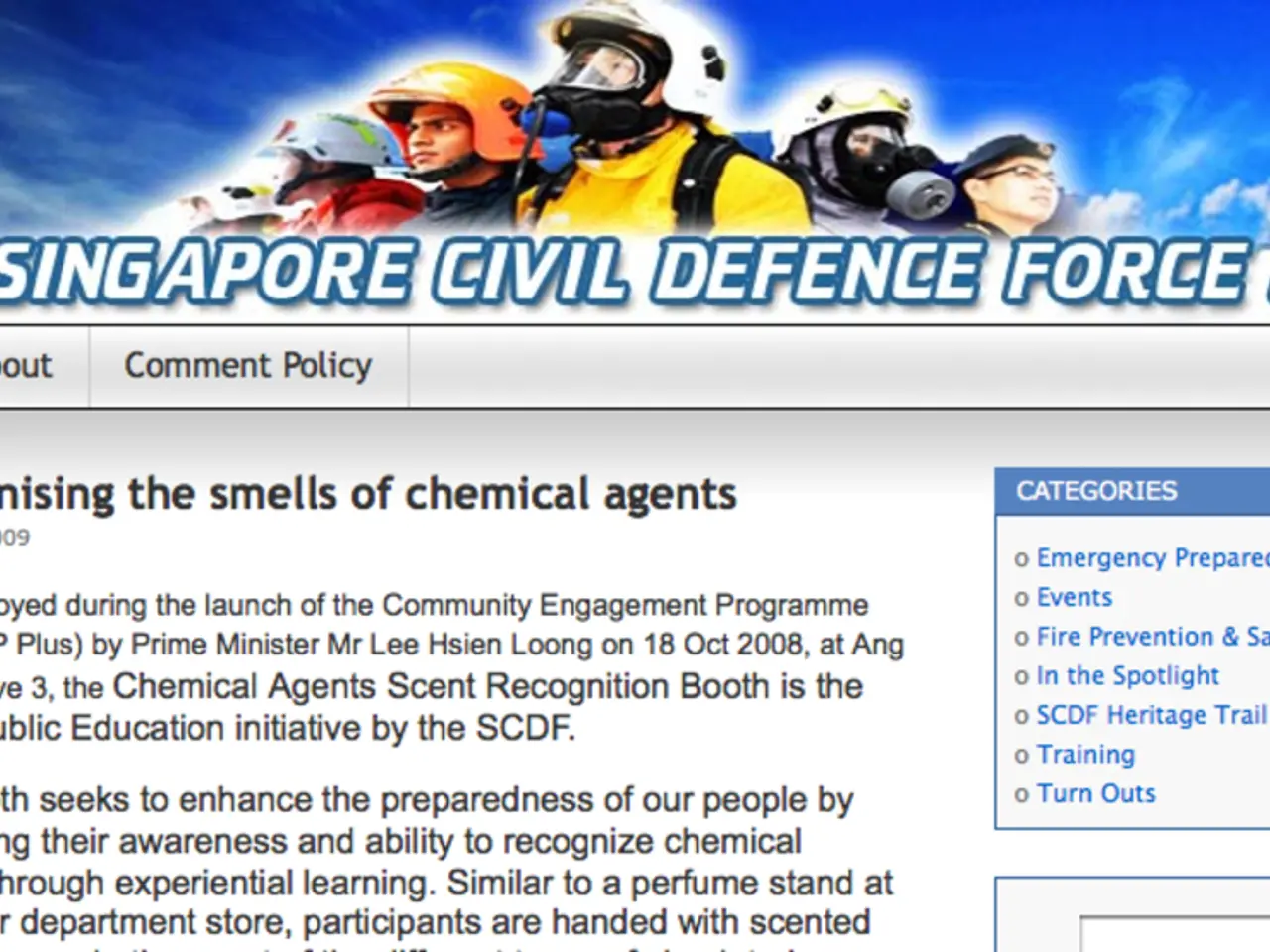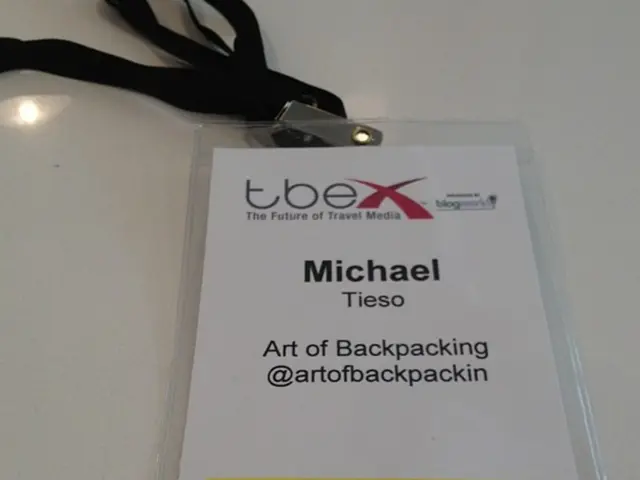Enhancing User Greetings: Pondering Inclusion in WordPress Platform
In the digital world of WordPress, fostering inclusivity is no longer just a buzzword, but a necessity that extends beyond the surface. By embedding accessible, inclusive practices throughout its ecosystem, WordPress can offer a more welcoming and equitable experience for all users. Here are some practical strategies for achieving this goal.
## Prioritizing Accessibility Plugins and Tools
Implementing plugins like WP Accessibility can address common theme shortcomings, offering automatic improvements such as skip links, keyboard focus outlines, and alt text reminders. Regular audits using accessibility checkers help ensure ongoing compliance with standards like WCAG.
## Structuring Content for All Users
Organizing content using a logical heading structure and clear, descriptive link text and alt text ensures that screen readers and keyboard-only users can navigate and understand content effectively.
## Fostering Inclusive Communication
Adopting plain language, inclusive language, and multilingual support reduces barriers for diverse audiences. This includes avoiding jargon, idioms, and metaphors, choosing words and pronouns that reflect diverse identities, and offering content in multiple languages.
## Design and Development Best Practices
Ensuring sufficient colour contrast, keyboard navigation, accessible forms, and considerate motion controls are essential for an inclusive user experience.
## Embedding Accessibility in Team Culture
Providing ongoing training on accessibility and inclusivity, establishing and enforcing internal standards, and conducting regular audits are key to making accessibility a routine part of the workflow.
By consistently applying these practices, WordPress users can move beyond superficial inclusivity and make genuine improvements to user experience and accessibility in their day-to-day work.
In a recent talk titled "Over the Rainbow: Talking about Inclusivity for the LGBTQIA+ Community in WordPress," speaker Kirsty Burgoyne emphasized the importance of building spaces where people can bring their full selves. Inclusivity, according to Kirsty, is not just about diversity or colour, but about emotional accessibility, soft systems, and quiet power.
Kirsty encourages ongoing conversations about inclusivity in WordPress, not just in keynotes or on panels, but in DMs, documentation, and details often overlooked. They believe that inclusivity is a practice, a pulse, and a way of paying attention, not just a policy or a rainbow logo.
Kirsty's dream was for a place where everyone feels valued and welcome no matter their background. By following these practical strategies and fostering a culture of inclusivity, we can move closer to achieving that dream.
- In addition to the digital realm, we should also pay attention to the lifestyle aspects of WordPress, promoting fashion-and-beauty, food-and-drink, home-and-garden, relationships, pets, travel, and sports sections that cater to diverse user groups.
- When it comes to shopping, providing an accessible, easy-to-navigate e-commerce experience is crucial, ensuring that users with various abilities can comfortably browse and make purchases.
- To support career-development and personal-growth within the WordPress community, offering educational resources in a range of formats, including videos, articles, and webinars, can help bridge the knowledge gap for users with different learning styles.
- Regular weather updates and forecasts in multiple languages can make the platform more accessible and user-friendly for those traveling or working across various time zones and regions.
- Encouraging the use of cars with accessible features, such as wider doors, lowered floors, and easy-to-reach controls, can contribute to a more inclusive WordPress community for users with mobility challenges.
- Furthermore, we can promote emotional accessibility within WordPress by ensuring the platform is suitable for people of all ages, backgrounds, and abilities, fostering a sense of belonging and encouraging active participation.
- Lastly, developers and designers should remember to test their creations against real-life situations and users, as well as technical standards, to truly understand the needs of the diverse WordPress community.




